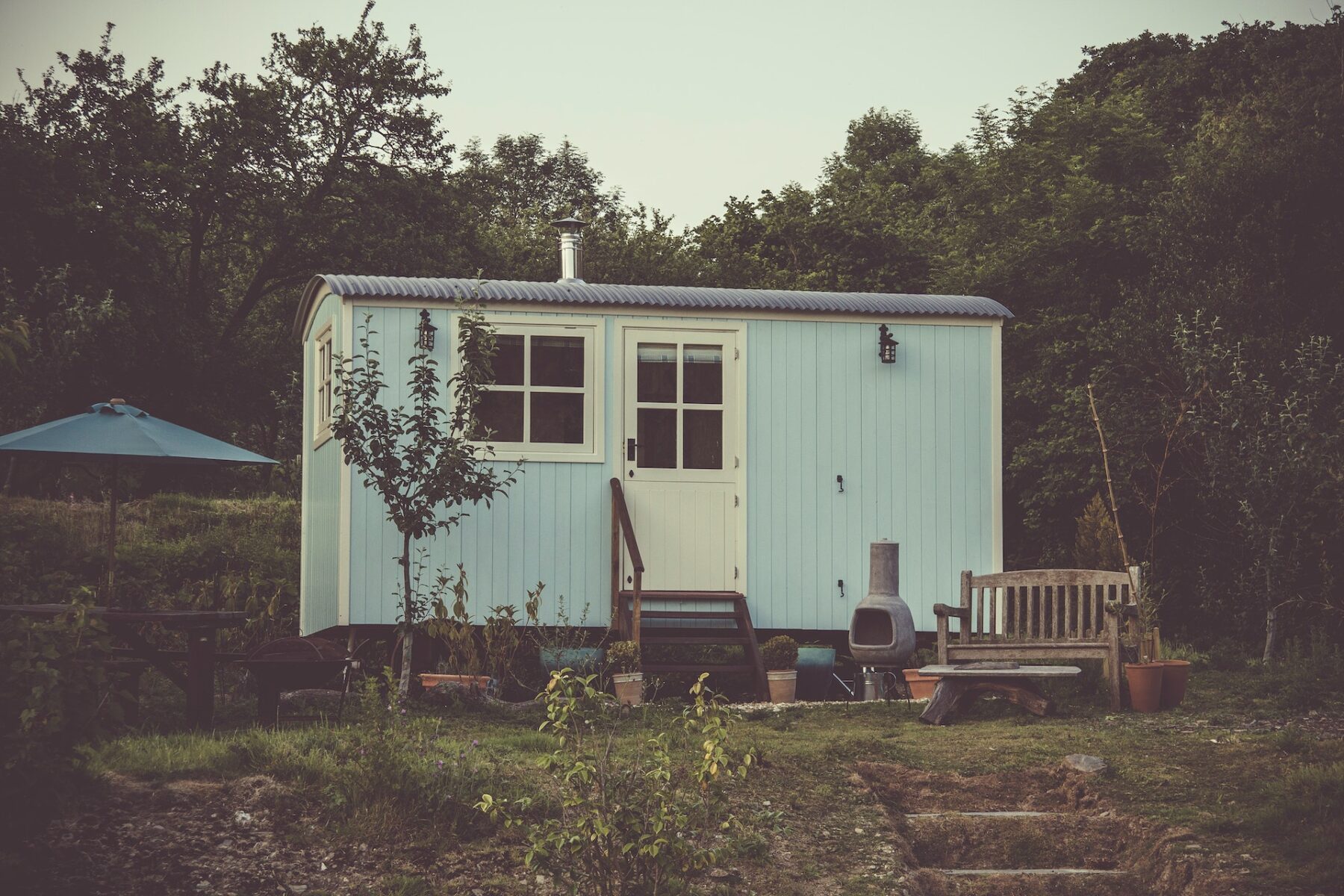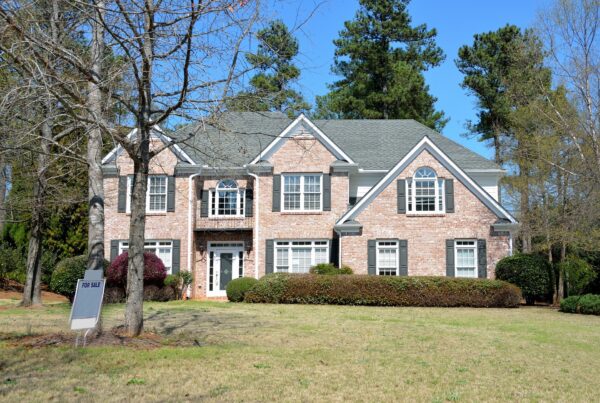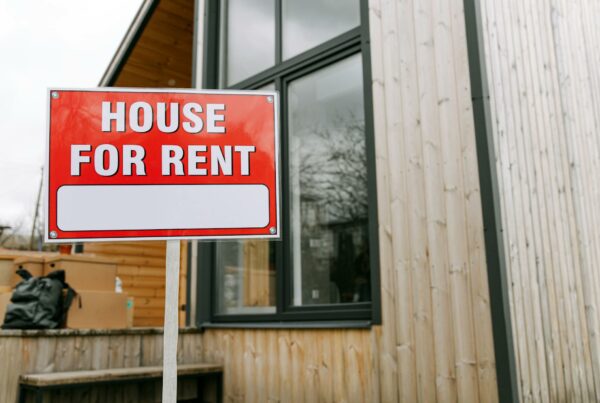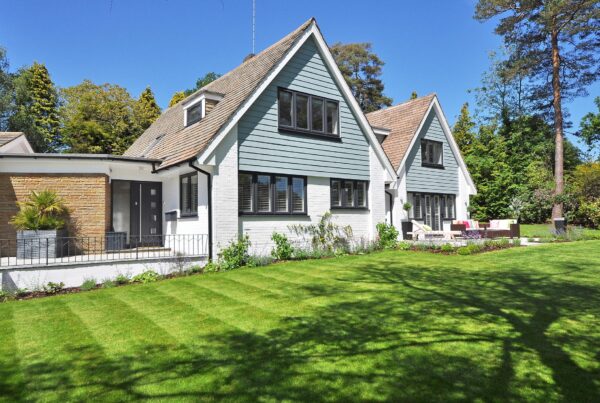Last Updated on October 19, 2023
North Carolina is known for its beautiful natural scenery, vibrant culture, and Southern hospitality. You can experience all these things with a tiny home while living a more sustainable and minimalist lifestyle. In this article, we’ll explore the North Carolina tiny home experience and everything you need to know about it.
What is a Tiny Home?
A tiny home is a small, compact living space that typically measures between 100 and 400 square feet. It’s designed to provide a minimalist lifestyle with all the necessary amenities, such as a kitchen, bathroom, and sleeping area. The tiny home movement has gained popularity recently due to its affordability, sustainability, and simplicity.
Why Choose North Carolina for a Tiny Home Experience?
North Carolina is ideal for a tiny home experience due to its mild climate, beautiful natural scenery, and vibrant culture. From the Appalachian Mountains to the Atlantic Ocean, North Carolina offers a diverse range of landscapes and adventures. It’s also home to numerous tiny home communities and builders, making it easy to find a community or home that fits your lifestyle.
Benefits of Living in a Tiny Home
Living in a tiny home offers a variety of benefits that make it an attractive lifestyle choice for many people. Here are some of the most significant benefits of living in a tiny home:
Affordability: Tiny homes are often more affordable than traditional homes in terms of upfront costs and ongoing expenses. Tiny homes typically require less land, fewer building materials, and less energy to maintain, resulting in lower utility bills and property taxes.
Sustainability: Tiny homes are designed to be environmentally friendly, using fewer resources and producing less waste than traditional homes. With a smaller footprint and a focus on energy efficiency, tiny homes are a more sustainable option for people who want to live a more eco-conscious lifestyle.
Simplification: Living in a tiny home forces you to simplify your life and live with only the essentials. This can lead to a more mindful and intentional lifestyle, where you focus on the things that truly matter and let go of excess clutter and distractions.
Mobility: Many tiny homes are built on wheels, making them easy to move and allowing you to travel and explore new places. This can be an exciting and liberating experience for people who enjoy a nomadic lifestyle or want the freedom to move around without being tied down by a traditional home.
Customization: Tiny homes offer a high degree of customization, allowing you to design a living space that meets your unique needs and preferences. With a focus on maximizing space and functionality, tiny homes can be customized to include everything you need and nothing you don’t, from built-in storage solutions to innovative multi-purpose furniture.
Connection: Living in a tiny home can help foster a sense of community and connection with others who share your values and lifestyle. Many tiny home communities offer opportunities for socializing, shared resources, and collaborative projects, creating a sense of camaraderie and support among residents.
Maximizing the Minimal
When it comes to living in a tiny home, making the most of the available space is essential. Here are some tips for maximizing space in a tiny home:
Embrace multi-purpose furniture: Look for furniture pieces that serve multiple functions, such as a sofa that can be converted into a bed or a table that doubles as a storage unit. This will help you maximize your space and minimize the furniture you need.
Use vertical space: Use vertical space by installing shelves or cabinets that extend up to the ceiling. This will help you maximize storage space and keep your floors clear.
Minimize clutter: Every inch of space counts in a tiny home, so it’s important to minimize clutter and keep things organized. Use storage solutions like bins, baskets, and drawers to keep things tidy and out of sight.
Think outside the box: Get creative with your use of space by looking for unconventional storage solutions, such as hanging pots and pans from the ceiling or using a fold-down desk to save floor space.
Consider built-in storage: Built-in storage solutions, such as under-bed drawers or built-in shelving, can help you maximize space and create a more streamlined look in your tiny home.
Keep it simple: Less is often more when decorating a tiny home. Stick to a simple color palette and avoid cluttering your space with too many decorative items.
Be mindful of scale: When selecting furniture and decor for a tiny home, choose items that are appropriately sized for the space. Oversized furniture or decor can quickly make a tiny home feel cramped and cluttered.
Sound Perfect? Then What Are You Waiting For?
The North Carolina tiny home experience offers a unique opportunity for individuals and families to embrace a simpler, more sustainable lifestyle. By downsizing and living in a smaller space, individuals can reduce their environmental impact, save money, and focus on the things that truly matter in life. Whether you’re looking for a permanent living solution or a vacation home, a tiny home can offer a cozy, comfortable space that meets your needs. By considering the benefits of tiny home living, exploring your options, and taking the necessary steps to get started, you can embark on a journey to simpler, happier living. So why not consider the North Carolina tiny home experience and start living your best life today?
If you’re interested in getting started with tiny homes, here are some steps you can take:
Research and planning: Begin by researching the different types of tiny homes, from pre-built models to DIY options. Consider factors such as size, layout, and design, and think about what will work best for your needs and lifestyle. Plan out your budget and timeline for building or purchasing a tiny home.
Check local regulations: Before building or purchasing a tiny home, check local zoning and building codes to ensure you can legally live in a tiny home in your chosen area. Some areas have specific regulations around tiny homes’ size, location, and utilities.
Consider your living situation: Think about your living situation, including the number of people who will be living in the tiny home and whether you plan to travel with your home or keep it stationary. Consider how you will handle utilities such as water, electricity, and waste management.
Connect with the tiny home community: Join online groups and forums to connect with others in the tiny home community and learn from their experiences. Attend tiny home workshops or events to meet others who are interested in or already living in tiny homes.
Build or purchase your tiny home: Depending on your skills and resources, you may choose to build your own tiny home or buy a pre-built model. If you’re building your own, consider working with a professional builder or taking a DIY approach. Be sure to budget for materials and tools. Some companies have park model cabins for sale if you want a log cabin look, or you can go more modern and sleek.
Prepare for the transition: Living in a tiny home can be a big adjustment, so be prepared for the change. Consider downsizing your possessions, creating a plan for storage and organization, and finding ways to maximize the available space in your tiny home.





